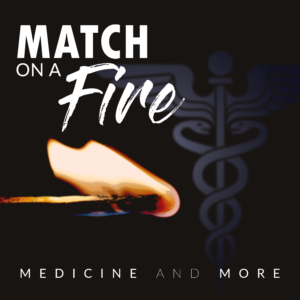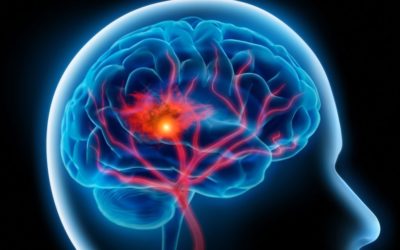Episode 4
Ep.4: Shock n Awe, Damage Control
Welcome back to Match on a Fire. Today we’re covering the second half of our Shock series. Of the four different types of shock, today we are focusing on hemorrhagic shock. Why do we have to be aggressive when we treat it? What is the triad of death? What are the five parts of “damage control” when it comes to hemorrhagic shock? How can we make sure we get them from the point of impact, back home?
Hosts & Guests
Shannon Sovndal, MD
Stephanie Sovndal, F-PC/FF
About This Episode
We are not academic-centered. We aren’t affiliated with any hospital or any education center. These stories and our knowledge is based on our 20+ years in the medical field. If you have any questions, comments, or concerns about things we’ve said or topics you want to discuss, please send us an email.

Talking Points:
- A quick review of the four different types of shock, and the vicious circle of shock
- What is hemorrhagic shock?
- What is happening when someone goes into hemorrhagic shock?
- How we were taught to treat shock
- What kills trauma patients?
- What is the triad of death?
- How can hypothermia kill trauma patients?
- The complications that come from a patient being acidotic
- How does coagulopathy mean death for trauma patients?
- The five parts of “damage control”
- How to reverse the triad of death
- What to look for when you read studies
- What is the best solution for someone who has low blood pressure?
- How saline affects the triad of death
Quotes/Tweets
11:29 – “The other part of this is, when I become more stressed because of the trauma, my factors that remain does not work as well as they should. And that’s just from the stress of the trauma.” – Shannon Solvndal, on why coagulopathy can mean death for a trauma patient
11:58 – “If you think about what our goal is, as providers, it’s really, ‘taking a patient from the moment of impact and getting them home.” – Shannon Solvndal
07:53 – “We know of three things that kill trauma patients and they are in the geometric shape of a triangle.” – Steph Solvndal
19:49 – “When our heart squeezes, one-third of the time it’s in systole and two-thirds of the time, it’s in diastole so squeeze, rest, rest…” – Steph Solvndal
27:22 – “Some of the big things we should be focusing on pre-hospital–right, before we do the chest pump, before we do the high fives– is, we really need to make sure we’re being awesome at our hypothermia treatment. So just still make sure you still gotta get them trauma naked but then cover them back up. You should be sweating, not cause you’re nervous but you should be sweating in that ambulance because it’s hot.” – Steph Solvndal
Related Episodes
Ep. 13 COVID-19 Pt 3: 747’s and a Vaccine!
Episode 13 COVID-19 Pt 3: 747's and a Vaccine! In this episode, we dive into the history and science of the new COVID-19 vaccine with Boulder Community Health Infectious Disease Specialist, Amie Meditz. Also: what a 747 has to do with COVID19. Hosts Shannon Sovndal,...
Ep.12: Pit Vipers: Rattlesnakes and more!
Episode 12 Pit Vipers: Rattlesnakes and more! In this episode we focus on Pit Viper bites. Hosts Shannon Sovndal, MD Stephanie Sovndal, F-PC/FF Resources Email Share Episode iTunes Spotify Stitcher Google PlayAbout This EpisodeWe look at the do's and don'ts of...
Ep.11 CVA: Cerebral Vascular Accident and Stroke Care
Episode 11 CVA: Cerebral Vascular Accident and Stroke Care CVA, strokes, are responsible for significant disability and death. In today’s podcast we go over the ins and outs of stroke physiology and care. Hosts Shannon Sovndal, MD Stephanie Sovndal, F-PC/FF Resources...




